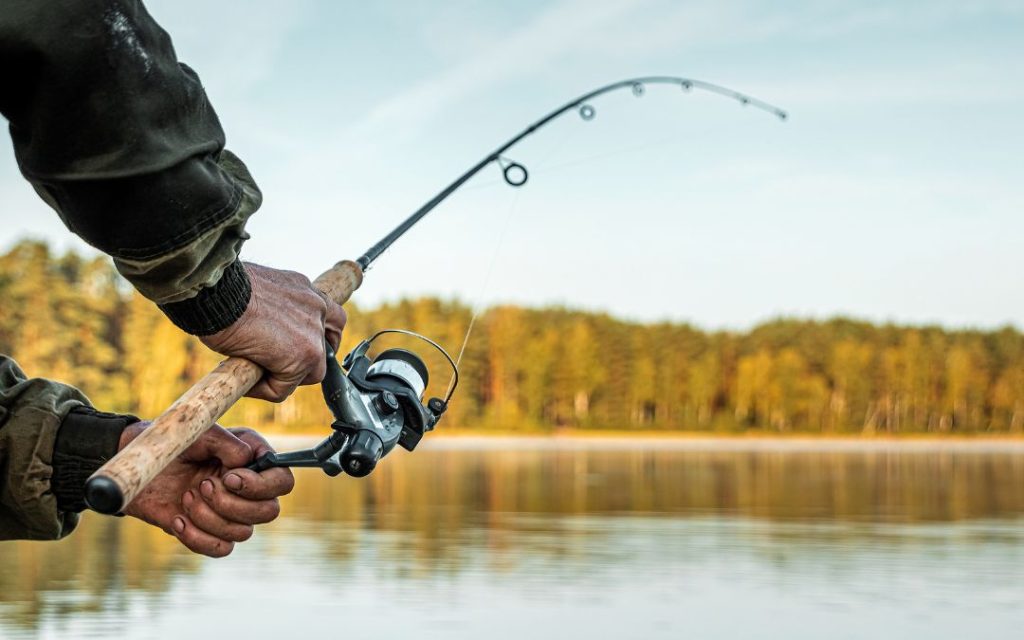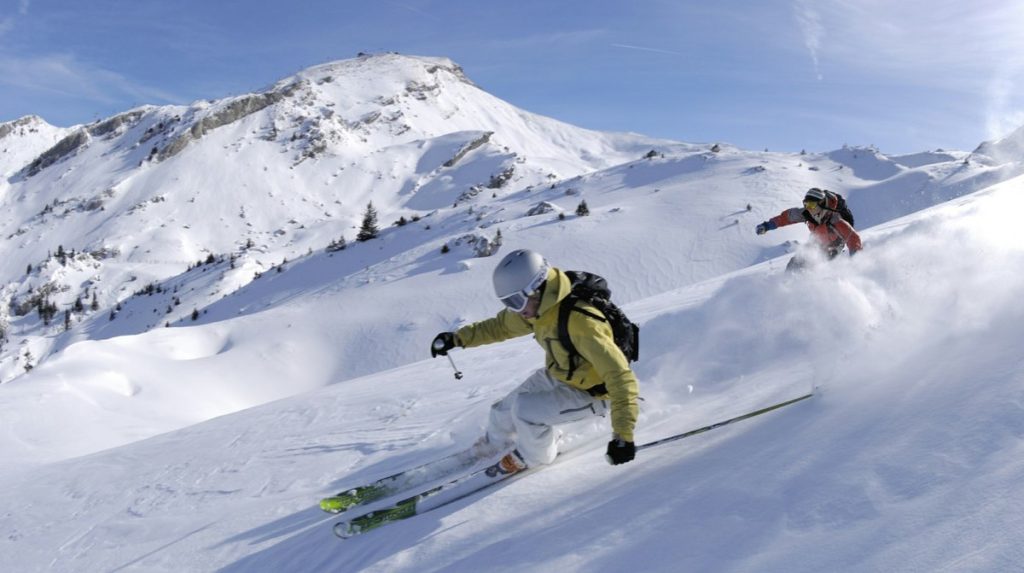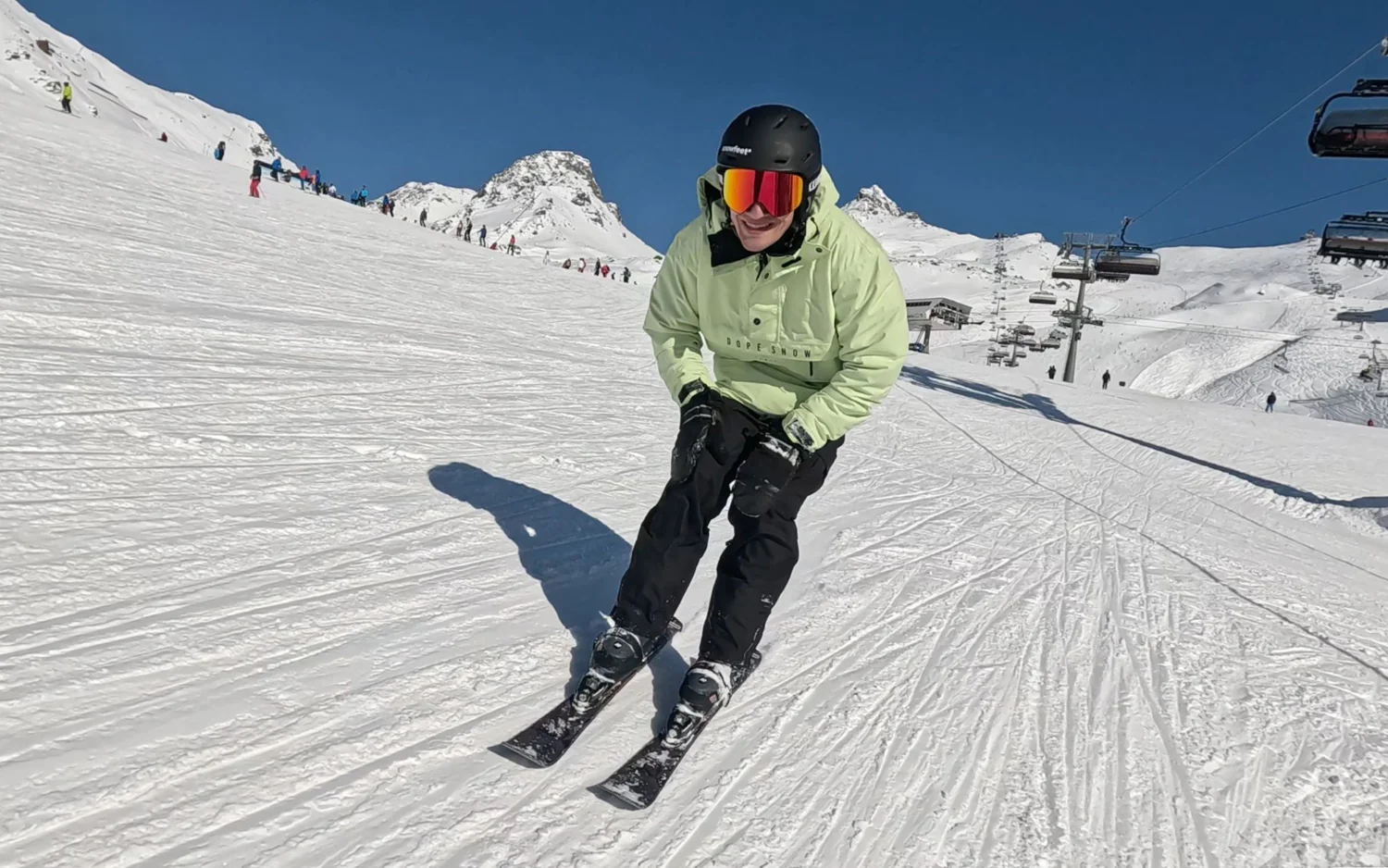As winter arrives and the slopes beckon, one of the most important skills every skier must learn is how to stop safely. Controlling your speed not only helps you enjoy your time on the mountain but also keeps you and others safe. Here’s a guide to the three main techniques used to slow down and stop on skis.

The Pizza Stop (Snowplow Method)
Also known as the snowplow stop, this is a foundational skill for beginners. To perform this stop, angle the tips of your skis inward, forming a wedge or “pizza” shape. As you apply more pressure, the back ends of your skis push outward into the snow, creating friction that slows you down. It’s best to start on a gentle slope—perhaps with a friend nearby for support—and gradually work on digging in the edges for a firmer, more controlled stop.
The Wedge Turn
A slight variation of the pizza stop, the wedge turn (or snowplow turn) involves shifting more weight onto one ski than the other to initiate a turn while slowing down. As you descend, maintain a wedge shape with your skis and then press harder on one side to steer your skis sideways. This technique not only helps you decelerate but also allows you to change direction smoothly. Remember to keep your upper body relaxed and practice slowly to build confidence and balance.
The Parallel (Hockey) Stop
For those ready to take their skills to the next level, the parallel stop—reminiscent of a hockey stop—offers a quick and efficient way to come to a halt. This advanced technique requires you to shift your weight onto the outside ski, align your skis parallel, and then dig in the edges by bending your knees. The deeper you dig, the more friction you create, which slows you down rapidly. It’s a powerful maneuver for controlling speed and avoiding obstacles, but it demands a good sense of balance and plenty of practice.

Additional Tips for Safe Stopping
- Avoid Using Your Poles: While it might be tempting to brace yourself with your ski poles, they aren’t designed for stopping and can bend or break under the strain. Use them for balance and support only after you’ve come to a complete stop.
- Ride Out the Turn: If you find yourself traveling too fast to execute a stop safely, try riding out the turn by shifting your weight onto one ski and gradually turning uphill. The incline will help reduce your momentum without forcing a sudden stop.
- Learn to Fall Safely: Despite all precautions, falls can happen. Practice controlled falls by spreading your weight and avoiding awkward landings. Learning how to fall correctly can prevent serious injuries and get you back on your feet faster.
Mastering these stopping techniques takes time and practice, but with persistence, you’ll build the muscle memory needed to navigate the slopes confidently. Enjoy the thrill of skiing while keeping safety at the forefront of every descent.


Leave a Reply